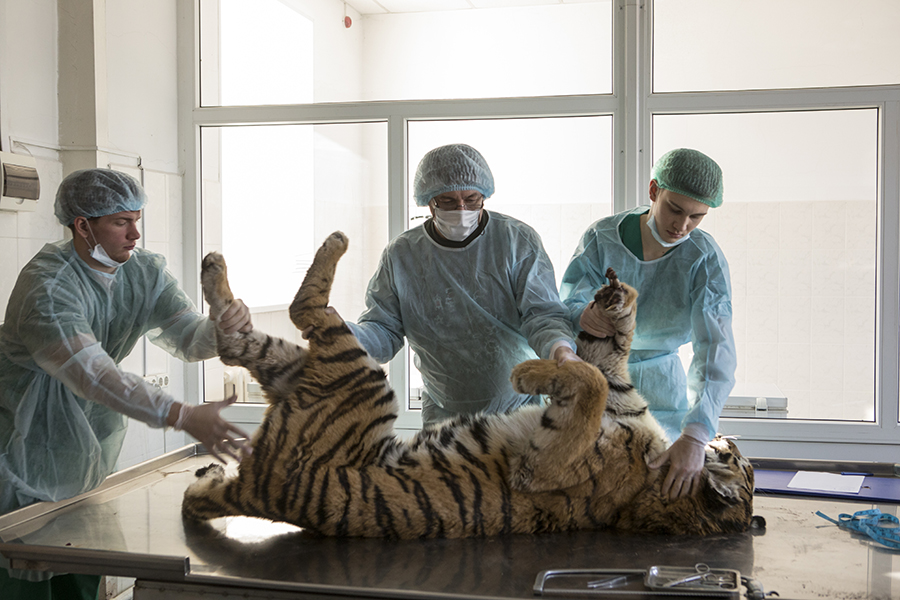To a tiger, forests provide trees for shade, rivers for drinking water, and ideal hunting grounds for ambushing prey. One of the best ways to protect forests so that tigers and other wildlife thrive is to buy products with the Forest Stewardship Council™ (FSC) label.
A joint initiative between WWF and FSC aims to make consumers aware of their buying choices. The FSC label means the product is from a responsibly managed forest — one where trees are harvested legally, highly hazardous pesticides are not used, indigenous people’s rights are protected, and more.
In addition to saving wildlife, every part of a tree is used to make products, such as rubber for shoes and bark for corks.
FSC is an international non-profit, multi-stakeholder organization established in 1993 that claims to promote responsible management of the world’s forests. According to the Food and Agriculture Organization of the United Nations, half of the world’s forests have already been altered, degraded, destroyed or converted into other land uses. Much of the remaining forests today suffer from illegal exploitation and otherwise poor management. The organization was established as a response to these concerns over global deforestation.




































